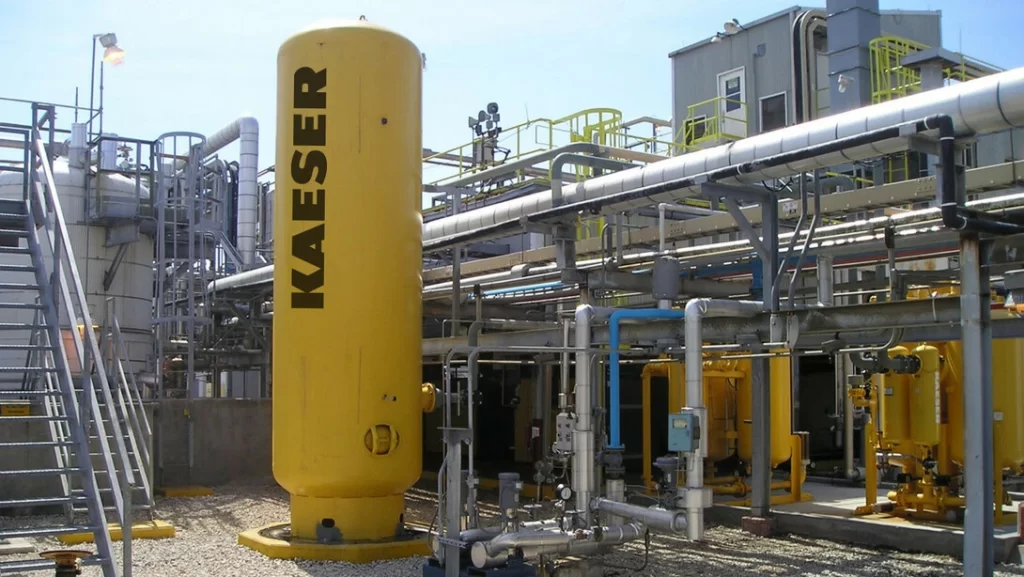Tank safety standards play a critical role in ensuring reliable performance and operational integrity in various industrial environments. These standards are developed to safeguard not only the structural stability of tanks but also the health and safety of workers and the surrounding community. In industries such as chemical processing, oil and gas, water treatment, and food production, tanks are often used to store hazardous or sensitive materials. Without strict adherence to safety regulations, these containers pose significant risks including leaks, explosions, and contamination. As a result, safety standards are designed to address every stage of a tank’s lifecycle from design and construction to inspection, maintenance, and decommissioning. Tanks must be constructed using materials that are compatible with the substances they store, ensuring resistance to corrosion, pressure, and temperature extremes. For instance, stainless steel or specially lined carbon steel may be used for storing corrosive chemicals, while reinforced concrete tanks might be suitable for water or non-corrosive materials.

Structural integrity is equally emphasized, with regulations mandating that tanks withstand both internal pressures and external forces such as seismic activity or accidental impacts. Design calculations and engineering reviews are typically required to verify that tanks meet or exceed these specifications. Regular inspection and maintenance are also core components of tank safety. Standards often mandate periodic inspections using both visual and non-destructive testing methods. These inspections help identify issues like corrosion, weld defects, or material fatigue before they evolve into serious problems. In many cases, remote monitoring technologies are employed to provide real-time data on pressure, temperature, and fluid levels. This allows for immediate detection of anomalies that could indicate potential safety concerns. In high-risk industries, tanks may also be fitted with safety devices such as pressure relief valves, level indicators, and leak detection systems to prevent overfilling and mitigate the effects of equipment failure. Additionally, find this safety protocols extend to the operational procedures surrounding tank usage.
Workers must be trained in safe handling practices and emergency response measures. Standards often require the implementation of spill containment systems, such as secondary barriers or bund walls, to control accidental releases. Moreover, proper labeling, access control, and ventilation are critical in minimizing human error and reducing the risk of fire or exposure to toxic substances. Environmental protection is another vital consideration embedded in tank safety standards. Leaks or spills from industrial tanks can have long-term consequences for soil and water quality. Therefore, the standards emphasize the importance of environmental impact assessments and pollution control measures. Operators are often required to maintain detailed records of tank conditions, maintenance activities, and incident reports to ensure traceability and regulatory compliance. Ultimately, tank safety standards are not just a regulatory requirement but a fundamental aspect of responsible industrial operations. They provide a framework that promotes safe design, consistent performance, and environmental stewardship. By following these standards, industries can prevent costly accidents, protect human health, and maintain trust with stakeholders and the public.
